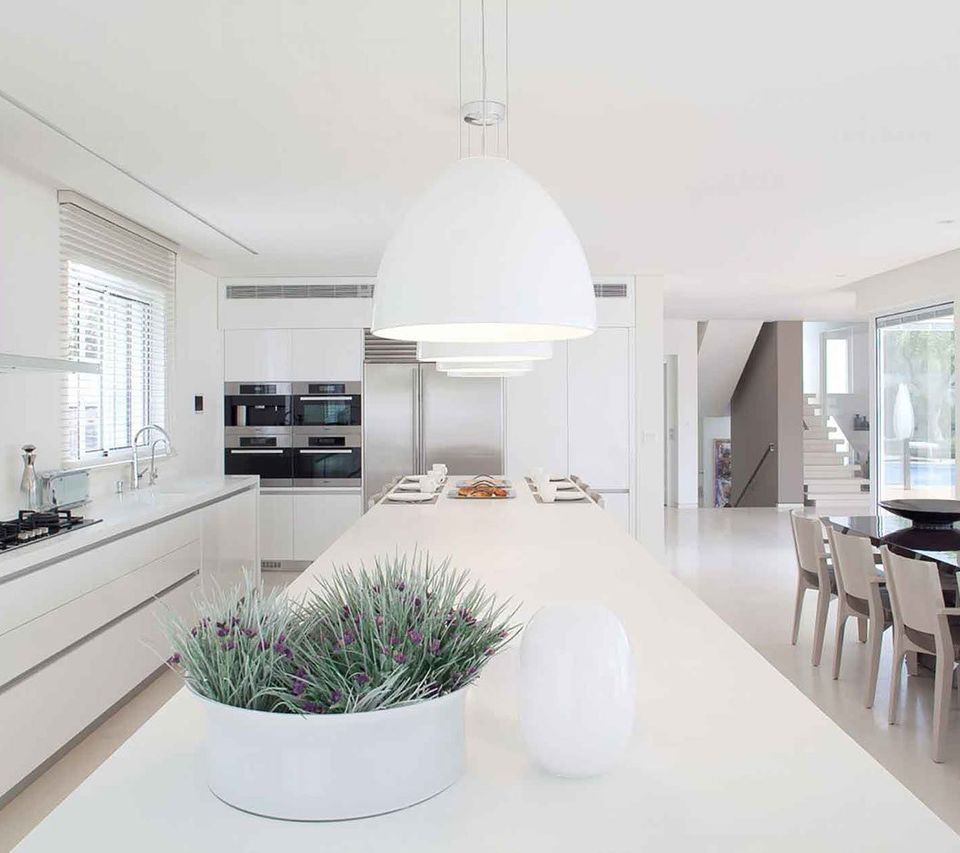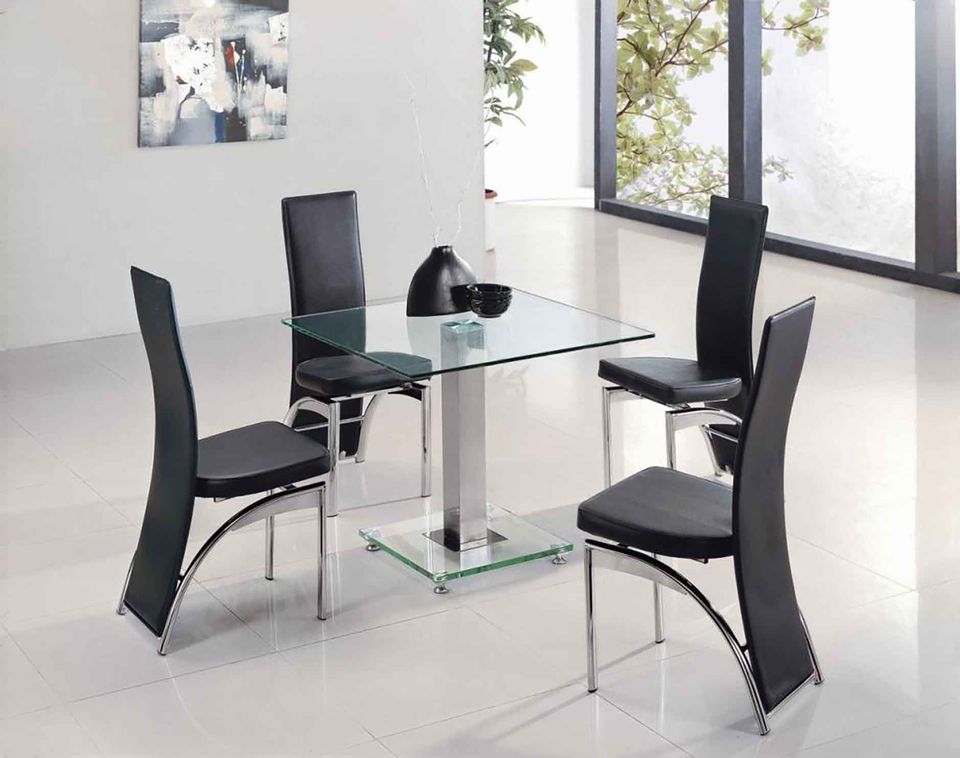How to get rid of the Naughties look
February 25, 2020
How to get rid of the Naughties look; How to modernise your humble abode
Already in the second decade of the new millennium, it’s surprising to think that there is already a full period of time after 2000 that is now out of style. In 2016, home decor trends are very different than they were in 2006. If you feel like your home could use a style upgrade, modernize by recognizing and removing these naughties faux-paz from your abode.
What’s Left Over From 2000-2009
The naughties were big on individualisation, less clutter than the 1990s but still an emphasis on comfort, thriftiness and showing your personality with details around the house. We wanted to bring home every single piece we found and loved, cramming shelves and every corner of our homes with stuff.
Colour was a huge factor in design with bold colours on every surface. There was an emphasis as well on rich patterns, florals, especially for feature walls. Painting or wallpapering one wall was a lot cheaper than doing the whole room.

In order to bring your home into this decade, place a focus on the following:
Neutral colour
2016 is all about minimalism. Pops of colour here and there can add fun and personality, but overall, clean and flat neutral colours rule. Especially in kitchens and bathrooms, functional design presides over visual design.
Minimal styling
Continuing the minimal trend, understated design is now king. Unlike the naughties, it’s better right now to have a room free of knick-knacks and clutter. Statement pieces should rule the room in order to avoid too many elements merging together.
Purposefulness
In the naughties, reality TV home makeover shows were so popular, everyone wanted to redo their home just for the fun of it. In the end, the quality of the rooms ended up falling short. Instead, let the things you have speak for themselves and avoid going out and buying tons of new furniture and accessories just because.
Sleek style
With the economic crisis, came the need to re-purpose and reuse old-style furniture. But the shabby chic farmhouse look is over. Sleek modern furnishings with flat design and little depth or detail will bring your home into the new decade. It’s not all about metal and chrome. Dark unfinished wood cut into sharp lines is a huge aspect of 2016 interior design. But keep the minimalistic approach by skipping the flowery tablecloth.
Go Retro
A lot of design elements from the 60s are coming back strong. From lighting fixtures to kitchenware to sofas, if it was popular in the 1960s, it’s groovy again. (We aren’t counting shag carpet here.) The “futuristic” yet still, homely feel of the 60s can be found everywhere, which is great for keeping with design trends and still not having to buy new, as many popular pieces can be found at thrift stores.
Technology
When it doubt, embrace the Internet. The world is still fascinated with DIY trends and re-purposing old finds. These days, who doesn’t have a Pinterest board with ideas and plans for their bathroom remodel? In the naughties, we threw together our rooms based on what we liked. Now, we have the ability to learn from experts and plan out our home design down to the last throw pillow.
Articles

In the period since COVID forced many of us back home and out of the office, remote work has become the new norm for many. The flexibility of working from home, especially for those with small children, is very compelling, but making a productive workspace is more than setting up a desk in the spare room. More people are seeking to create functional and comfortable workspaces in their homes, however, it can be difficult to strike the right balance between a professional office space and a cosy home environment. Here are some tips for designing a home workspace that meets both of these needs: Dedicate a specific area for work Designating a specific area for work is essential for separating work from leisure time. This could be a separate room or just a corner of a room. It is important to make sure that the workspace is free from distractions and clutter, as this will help you stay focused and productive. Choose the right furniture Ergonomic furniture is key to a comfortable and productive workspace. Invest in a comfortable chair, a desk that is the right height, and a good-quality mouse and keyboard. If you are prone to back pain, consider a standing desk. Add personal touches Just because your workspace should be functional, doesn’t mean it can’t be personal. Add photos, plants, and other personal items to make the space feel like your own. This will help create a sense of comfort and make you feel at home in your workspace. Good lighting Good lighting is essential for a comfortable workspace. If possible, place your desk near a window for natural light. If not, invest in a high-quality desk lamp to provide bright, even light. Keep it organised An organised workspace will help you stay productive and focused. Use desk organisers, filing cabinets, and other tools to keep your work area free from clutter. A clean and organised workspace will also help you start each day with a clear mind. Consider your work style Think about the type of work you do and how you like to work. If you prefer a minimalist workspace, opt for a simple desk and a few basic supplies. If you need space for multiple screens and other technology, make sure you have enough room to work comfortably. Take breaks It’s important to take breaks throughout the day to avoid burnout. Step away from your desk, go for a walk, or do some stretching exercises to clear your mind and recharge.











